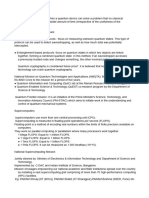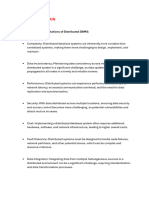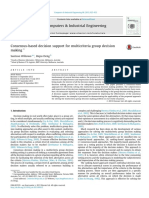0% found this document useful (0 votes)
29 views14 pagesBrief Notes - Block Chain
Write the Core Security Principles (CIA Triad) with examples of Authentication, Authorization, and Access Control in the base Describe the differences between Symmetric vs. Asymmetric Key Cryptography. Write short notes on the hash function in a digital signature. Describe the Architecture of Blockchain Technology. Describe different Blockchain Network platforms, highlighting their applications.
Uploaded by
Suparna PalCopyright
© © All Rights Reserved
We take content rights seriously. If you suspect this is your content, claim it here.
Available Formats
Download as PDF, TXT or read online on Scribd
0% found this document useful (0 votes)
29 views14 pagesBrief Notes - Block Chain
Write the Core Security Principles (CIA Triad) with examples of Authentication, Authorization, and Access Control in the base Describe the differences between Symmetric vs. Asymmetric Key Cryptography. Write short notes on the hash function in a digital signature. Describe the Architecture of Blockchain Technology. Describe different Blockchain Network platforms, highlighting their applications.
Uploaded by
Suparna PalCopyright
© © All Rights Reserved
We take content rights seriously. If you suspect this is your content, claim it here.
Available Formats
Download as PDF, TXT or read online on Scribd
/ 14
























































































